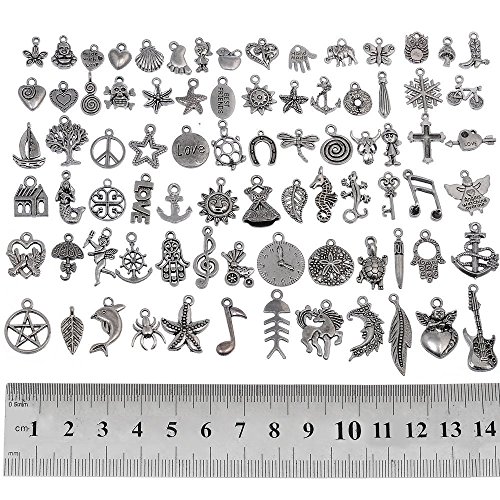@Rice_Guy, do you believe my "toss sorbate after 12-15 months" is too paranoid? I won't be offended if you do, as I respect your opinions regarding the chemical side of winemaking.
There are two ways to measure the shelf life of potassium sorbate. 1) as a dry granular ingredient which needs to be dissolved into a water based liquid ie as produced waiting for incorporation into a food / beverage / cosmetic. A specification will give two to three years of shelf life. This is defined as lab analysis will still detect {? 99% ?} active ingredient. and 2) as something which is incorporated into a water based food, ie in final usage. Some forms as a 50% solution which can be poured from a 5 gallon pail will guarantee six months. Other references as using it as a preservative in cider will state one to a few months effectiveness. Sorbic acid is readily oxidized! As with all winery processes minimize the air in contact with the wine. Minimize iron, copper etc as normal to protect wine shelf life.
_________________________________________________
1) As copied from a supplier material data sheet / dry flowable powder:
Celanese; The finished products are stored at temperature and humidity monitored warehouse under GMP conditions (FSSC-certified). Removal from storage takes place according to the principle of first in first out (FIFO).
Transport and dispatch are carried out exclusively by authorized haulage contractors and distribution companies. The regulations governing the dispatch of food are observed.
During the storage of our products the following requirements must be fulfilled:
• Ambient temperature: max 30°C
• Dry conditions (max 65 % relative humidity)
• Protection from direct sunlight.
Sorbates are stored under these conditions in the unopened, originally sealed packaging unit, the shelf life is 3 years from date of manufacturing
___________________________________________________
2) As analyzed in research on finished products / wet systems:
Sorbates PH
Sorbates are the more effective preservative against a wider spectrum of food spoilage microorganisms than benzoates or propionates When used at common pH levels of mildly acidic foods (pH 5.5 – 6.0).
Sorbates’ effectiveness increases with greater acidity (lower pH). Above pH 4.0, sorbates are more effective than sodium benzoate or sodium/calcium propionate.
At pH 2.5 – 3.0, sorbates are still somewhat more effective than sodium benzoate as a yeast and mold inhibitor, and more than twice as potent as propionates.
Sorbates are at their optimum effectiveness when used below pH 6.0. However they can function up to pH 6.5, but are relatively ineffective at pH 7.0 and above.
4.1 Potassium sorbate reaction in food
It is known that the stability of potasium sorbate in foodstuffs is influenced by so many factors such as pH ratio and water activity, temperature, food combination, metal ions, packaging and presence of other food additives. The sorbate is relatively unstable and degrades in aqueous model of food systems and 35% of it losses after three months of storage at 30 °C and in foods with intermediate moisture, less than 25% after 40 days remains at 35 °C. The sorbate reacts with other groups in food products such as as carboxyl group and forms conjugates with them through double bonds. Thus, by degradation and polymerization of the sorbate via oxidating agents at the conjugated double bonds (CDB), the peroxides and degradated products such as carbonyl compounds including malondialdehyde, croton-aldehyde, and fumaraldehydic acid (FA) are generated. It has been shown that sorbate in food products can react with the secondary amines, ascorbic acid and ferrous salts and form different adducts at high temperatures, which in turn leads to the food browning (Ferrand, Marc, Fritsch, Cassand, & de Saint Blanquat, 2000; Thakur, Singh, & Arya, 1994). But the potent reactivity of sorbate in the presence of iron salts such as gluconate, citrate, and ferric













